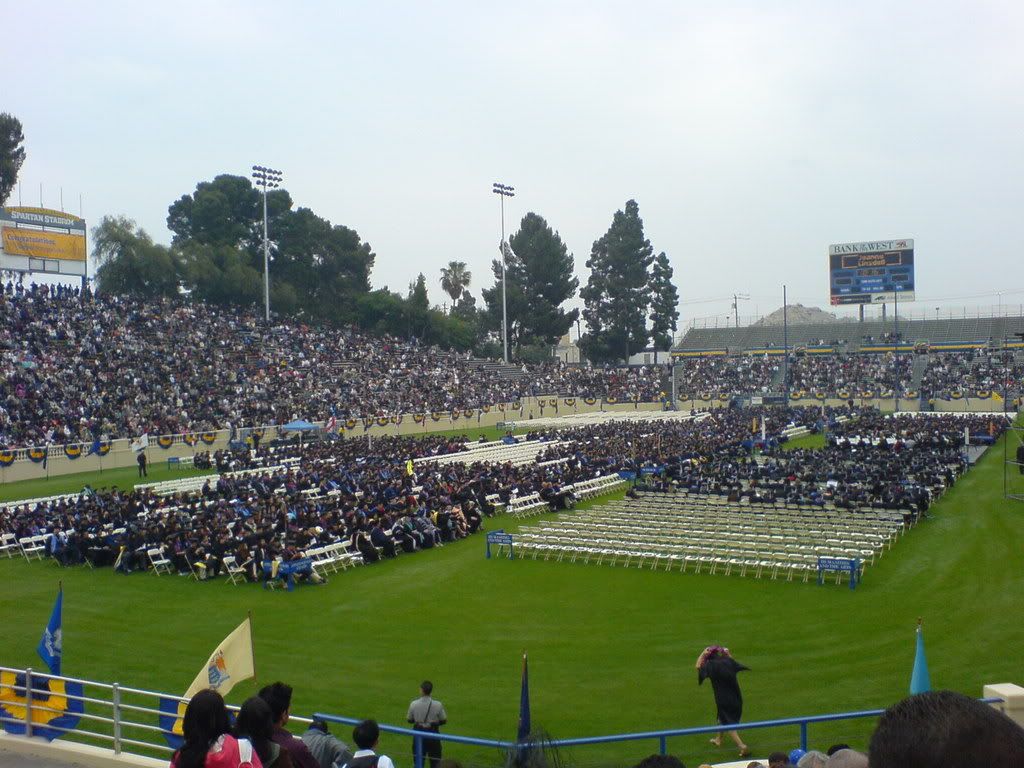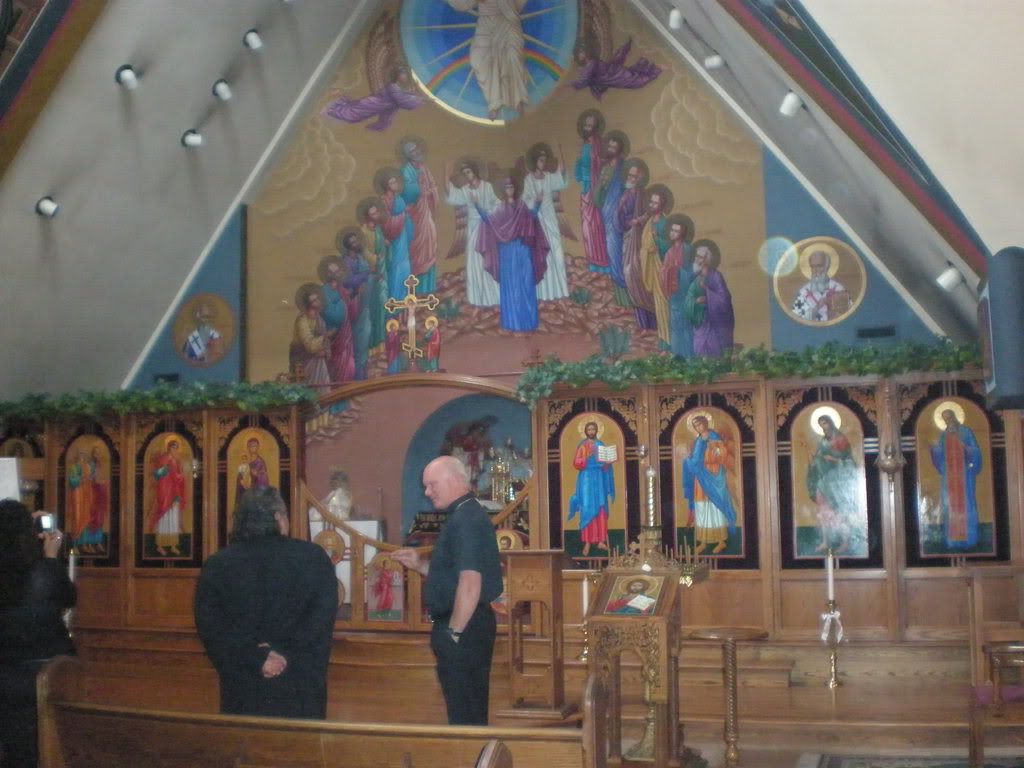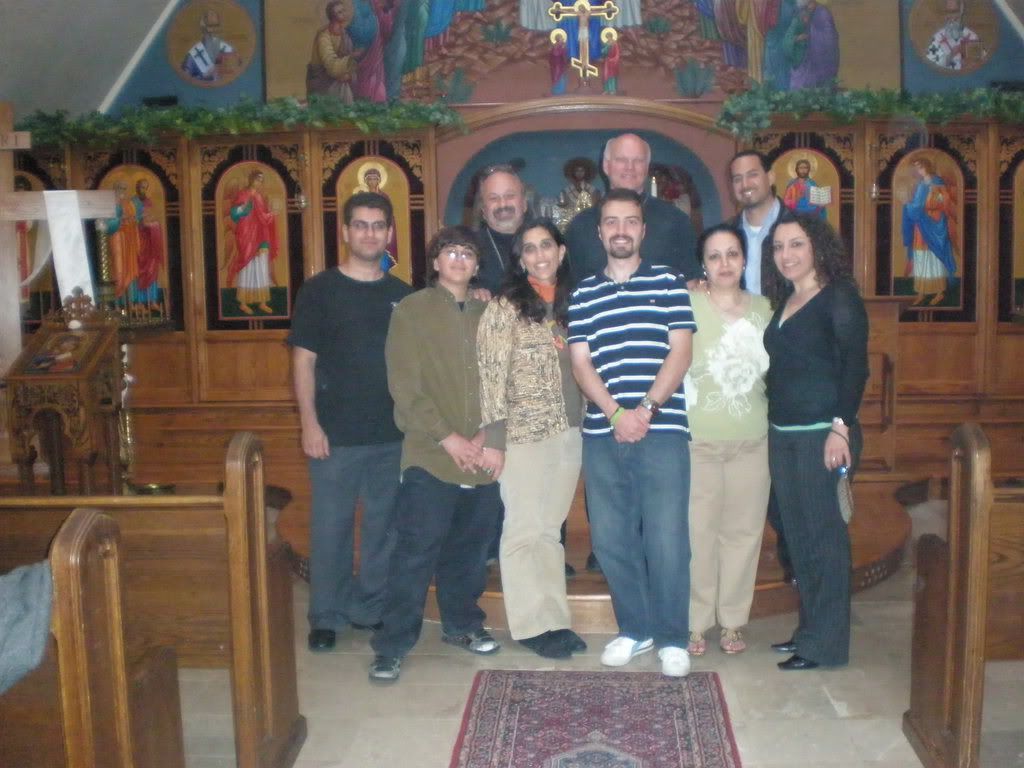At the Requiem Service in the Armenian Orthodox Church, the Holy Gospel according to St. John, is read.
Arguably, it is the most heard passage in the Armenian Church today, considering that more Armenian Christians would rather huddle around a requiem service than the Eucharist… I’m tempted to say that, that is another issue. But its not. Its part of the same issue.This week, Armenian clergymen will be called up to ‘perform’ requiem services for the departed martyrs of 1915. This passage will again be heard by every Armenian who attends these gatherings.
John 12:24-26 … “Very truly, I tell you, unless a grain of wheat falls into the earth and dies, it remains a single grain, but if it dies, it bears much fruit. Those who love their life lose it and those who hate their life in this world will keep it for eternal life. Whoever serves me must follow me, and where I am there will my servant be also. Whoever serves me, the Father will honor.” (NRSV)
Several years ago I worked on a project that I called “The Teotig Database” – while meditating on the above passage, I wrote this article for Window magazine. Here’s a revisit – 93 years after the assassination of a people…
FALLEN GRAINS OF WHEAT
by Fr. Vazken Movsesian (Window Quarterly, Spring 1990)
The word “martyr” conjures many images in our minds. Most of those images have little, if any, relevance for life today. Martyrdom is an abstract idea for most. Every April 24, Armenians are reintroduced to the word. A martyr, we are told, is one who voluntarily opts for death rather than deny his faith. Like a cliche, the definition rolls off our tongues with ease as we ascribe it to the 1.5 million Armenians of the 1915 Genocide.
Like all Armenians, I had heard the word used. I had heard the stories of family and friends. I had read the books. I had even given my share of “Martyrs’ Day” speeches, but “martyr” never had more meaning than after reading Teotig’s “Golgotha of the Armenian Clergy” [see note at the end of article]. It was no longer an abstract term. Furthermore, I found the Armenian Church of 1915 in a paradoxical situation. Superficially, what appeared to be a church on the verge of death, was in fact the Armenian Church living it’s most vibrant days of Christian witness.
BEYOND THE NUMBERS
Now that Teotig’s material has been transcribed and processed, the data can be evaluated in many ways. In mere numbers alone, it is evident that the Armenian Church suffered immensely. Seventy five years after the fact, we still have a long road toward recovery. Teotig’s work, however, presents much more than numbers. My intention here is not to analyze the data rather it is to reflect on the actions of these clergy and the implications of those actions for us. The documentation of the massacres gives us real life stories, examples, of clergymen, from whom we, as clergy and faithful of the Church 75 years removed from the tragedy, have much to learn. Although a few of the clergy of 1915 denied their faith, the overwhelming majority did not compromise themselves as Christians and became worthy of the title “martyr.” These clerics lead the Armenian people through that same road of martyrdom. Today, in retrospect, we have some serious questions to ask ourselves regarding the value of that decision and action. But first let us look at the pre-Genocide Church, which obviously was a more viable institution than the Armenian Church today, by virtue of more clergy, greater and closer contact with the people, Her ability to operate within hostile circumstances and most importantly, by the fact that Her followers did not abandon Her in these trying times.
What was the drawing power of the pre-Genocide Church? Why were Armenians determined not to compromise their faith, the Faith of the Orthodox Church? In the village of Kuvner, Bitlis, for example, the 400 Armenian families out of fear of persecution practiced their “worship” — not private prayer, but organized worship — in their homes.
How did the Church move men such that they refused worldly pursuits and survival, opting for the Cross instead? For example, Daniel Der Stephanian, a young revolutionary, immigrated to the United States in 1909 but returned to Gudoutz’s St. Garabed monastery, was ordained as Fr. Stephan and as a priest lead his suffering people. Or, Fr. Vartan Hagopian (Moush, Bitlis), who upon noticing that the Kurdish-speaking Armenians of Slivan (Dikranagerd) were without a pastor and on the verge of religious conversion notified the Patriarch and was assigned to the region. Fr. Vartan was martyred with his flock after returning them to the fold of the Mother Church.
What kept the clergymen loyal to the Church despite the hardships and humiliation they had to bear because of their association? In Sepastia, from the prelate down to the parish priest, clerics could not walk the streets without ridicule from the Turks. As an everyday ritual the Turks would curse and blaspheme the Armenian’s cross and faith. In Bourhan, when the village executioner finished torturing Fr. Khoren Hambartzoumian with unthinkable methods, as an ultimate indignation, he placed a dog in Fr. Khoren’s lap and demanded that the good priest baptize the mutt. Fr. Khoren was butchered.
What was the redeeming value of the Faith that these priest would demand from their parishioners loyalty until the end? Fr. Ashod Avedian, (Erzeroum) was among 4000 men separated from the women in the village of Tzitogh and shackled together. He counseled the men to be brave in the face of death, having them pray in unison, “Lord, have mercy.” And in the only sacramental gesture possible, he had the men take the “cursed” soil and swallow it as communion while confessing, “For all the sins which I have committed, in thought….” Questions about the authority and influence of the Holy Church continue to form within our minds as we read the multitude of stories of the men who not only preached the Faith but lived and died for it. The Church carried great weight in the lives of the people in 1915 as underscored by their martyrdom. Interestingly enough, the Church was not viewed as sanctuary, as is common during times of crisis.
The Armenian Church of 1915 was anything but a safe haven or refuge for Her people. As Teotig writes, “At that time the intolerance of the three Islamic nations (the Turks, the Persian and the Kurds) toward Christianity had reached its pinnacle.” The Armenian clergy were the symbols of Christianity that the Muslim Turks were fanatically molesting. To be associated with the Armenian Church, let alone be a part of it, was the same as signing one’s own execution orders. We refer to the victims of the Genocide as martyrs precisely for this reason: they willingly opted for association with the Church — to be identified as Christians — and were therefore denied existence.
Here lies the key to our questioning. The martyrdom of the people tells us that the Church in fact filled more than a social need for them. The pre-Genocide Armenian Church was exclusively a house of God. She was the Christian identity of the people and not much else. Because Armenians lived within their millet, Armenian community life was already defined. The Church did not have to take on the responsibility of perpetuating the nation. She had a tremendous influence within the lives of the people, because the people understood it as God ordained. Armenians did not understand, “In the world you have tribulation: but courage! I have overcome the world,” (Jn. 16:33) as a statement made by a mere mortal but by the Living God. Armenians took to heart the assurance, “Blessed are you when men revile you and persecute you and utter all kinds of evil against you falsely on my account. Rejoice and be glad, for your reward is great in heaven…” (Mt. 5:11-12) because it was guaranteed by the Saviour of the World.How else can we explain or understand martyrdom? It is only in these terms. Given the option to live or die, who would chose death, unless of course, the person had a doubtless belief that the “Lord is my Shepherd… even though I walk through the valley of the shadow of death, I fear no evil; for thou art with me…” (Ps. 23:1,4). Who would take the torture and humiliation of the cross, unless one knew for certain that the cross was not an end, but a means to the end. The Armenian Christian martyr of 1915 firmly believed in the resurrection of Christ and the guarantee of the same for his/herself.
The operative word in the definition of martyrdom is “willingly,” which implies the victims had the option to do otherwise. Some of the sources for Teotig were in fact converts to Islam. These were the few that were able to escape and live to tell the story. Teotig refers to the conversion as acceptance of the “severe order” (khisd hraman). By way of explanation, he inserts within parenthesis the word “Islamized.” Though the number of these converts was relatively minuscule, the fact that some converted asserts that the option for conversion, and therefore life was available.
THE TRUE LOSSES OF THE CHURCH
The 1915 Church in Turkey was well established by virtue of Her existence within the Armenian communities for centuries. The Armenian Church in the diaspora has only a living history of 75-100 years. The Church today is built upon the ruins of 1915. The losses of the Armenian Church were far greater than the decrease in the number of clergy. The Church lost Her impact over Armenians and lost Her place as a necessity among Her people. Her preoccupation with survival in the post-Genocide years moved Her from the sacred realm to the secular. The objective of the Church was compromised by the necessity to build. The devastation of the Genocide was too great upon Church leadership so there was no one “manning the ship.”
Meanwhile, we the post-genocide generations, found ourselves rebuilding without the proper “floor plans.” For us, the Church was not only a religious organization but a means toward national preservation. Without the necessary religious grounding, coupled with societal norms which advocate no absolutes, God lost us to the temptation of self- assurance. If the Armenian Church was to be rebuilt, it was because of our own efforts, we thought, and not God’s will. God was helpless. After all, where was God when we needed him most? Surely He did not have the power to rebuild our nation? God lost His strength and most importantly His healing power. The Armenian nation had been severely wounded and if anyone was going to heal us, it would be ourselves. And so, our community and church shifted from God-centeredness to self-centeredness. Our heroes changed. We began singing the praises of self-made industrialists who were now financing, rebuilding and healing the Church.
ELI, ELI, LAMA SABACH-THANI?
Perhaps one of the most pondered questions by people is, why evil? Many volumes on this subject line the shelves of theological and philosophical libraries. The question is simple: If God is good and if God is omnipotent then why does evil exist? Either God is not good or God is not all- powerful (e.g. He has no dominion over evil). The attempt at defending God’s goodness or omnipotence in the face of evil is called a theodicy.
Armenians at the time of the Genocide as well as today continue to ask this question. The Genocide of 1915 and more recently the earthquake of 1988 have both given us the necessary ammunition to lash out against a seemingly weak god, who accepts our loyalties throughout the centuries and abandons us in our time of need. Could God have not prevented the execution of Talaat’s orders? Could God have not prevented the extensive destruction of the earthquake?As a pastor I have been asked the same question from parishioners who are confronted with a manifestation of evil in their lives. Why cancer? Why divorce? Why young death? The deeper questions begin to surface: Does God hear our prayers? Is it fate? Is it our destiny? Ultimately, it is the Church that is on trial. Why advocate a faith in a god who is seemingly powerless against pain? The answer is by no means an easy one. In fact, as Teotig’s documentation has shown, the Church has not been spared Her share of evil. Ironically, this may very well be the beginnings of an Armenian Church theodicy.
The Church, as the Body of Christ was not rescued from evil, as neither was the actual Body of Christ, the Son of the Omnipotent. The crucifixion of our Lord Jesus Christ is the Church’s crucifixion. Theologian Hans Kung writes, “The crucified Jesus is present in the Church as the risen Lord. Christ does not exist without the Church, the Church does not exist without Christ. Christ is for the Church not only an event in a constantly receding past, nor only an event in the future, whether near or distant. … The Church does not derive its life only from the work which Christ did and finished in the past, nor only from the expected future consummation of his work, but from the living and efficacious presence of Christ in the present” (The Church).The crucifixion of our Lord is not to be understood as a one time event, centered in first century Palestine. During the Divine Liturgy, we herald, “Christ is among us… He who is God is here seated.” We are invited to commune with Christ who is– not was –sacrificed and shared among us. We are called to share in His resurrection, as well as His passion and crucifixion.
At the Turkish “Golgotha,” the Body of Christ was nailed to the Cross. In that misery, the Armenian Church asked the same question Jesus asked, “My God, My God, why hast Thou forsaken me” (Mt. 27:46). Today, we echo that appeal in our personal lives as well as on behalf of the Church, only to receive the same seemingly silent answer. That answer is only assumed silent when our ears are not attuned to an existence beyond this temporal one. Among the disciples who were at the foot of the Jesus’ cross, certainly some thought His teachings were in vain if His loving Father was not willing to come to His rescue. But to those who trusted His teachings, their fear diminished with the anticipation of resurrection. We too are not privy to the answer, unless first we are able to trust the living words of Christ and be ready to stand in eternal vigil for the resurrection.
God’s interaction with our world can not be confined to our limited understanding of time and justice. God does not prevent evil. This does not diminish the power of God nor His goodness. It shifts the responsibility to us — to be convinced by our faith and by the crucified and living Lord among us, that God’s love is greater than our sense of justice. St. Nersess Shnorhali writes in the hymn of the Saturday matins, “Do not judge us by justice, rather by Your mercy grant us expiation.” Justice is grounded in our temporal existence, God’s mercy transcends to the eternal. The healing power of God, to fix our wounds and abrasions is in His love not in our understanding of justice. If the resurrection of the Armenian people and Church is dependent upon human strength alone, it is doomed to fail as are all enterprises which are built upon limited faculties. The Church survives today because of human efforts. She lives today because of Christ’s eternal presence.
The Armenian clergy at the turn of the century were martyred with this understanding of Divine intervention. It is foolish to say they did not fear death; however, it is apparent from their martyrdom that they did not understand death as the final stop in a life running on hurt and pain. They believed and were convinced in the resurrection of Christ. The clergy of 1915 offer an understanding of the Church prior to Her children’s physical and spiritual breakdown. At that time, the faith of the Armenian Church was no different than the faith it expounds today. What has changed however, is our perception. As workers of the Church today we have a mission to revert back to this basic understanding of the Church. The Church does not need healing, rather we do. Healing — God’s healing — begins when we accept the Armenian Church as the Body of Christ, where our Lord lives in His Crucifixion and Resurrection. Otherwise, we are merely placing a bandage on our wounds. It is temporary, it is deceptive and will yield scare tissue.
In light of Teotig, martyrdom can no longer be an abstract idea. Rather, it is part of our commission as sons and daughters of the Armenian Church. Thank God today the Armenian Christians in America are not being forced at gun point to witness to their faith. Yet the pressure from worldly pursuits, the temptation to deny good in the face of personal gain, and the defining of the world as self-serving rather than God-serving all take their tolls upon our faith. These are the new weapons of evil. Do we question why God is not sparing us prosperity? If that prosperity has cost us our self- worth then is that not evil? Would we ever lash out against God and ask, why He is not saving us from material success? If that success has been acquired at the cost of the sanctity of family and the loss of principles, is that not evil?
Evil will always be present. It is part of a system built upon human free will. In the Garden of Eden it was the serpent, in 1915 it was the Turk, today it is the self, each demanding primary loyalty. Martyrdom for us is a denial of the evil and opting for life. This is true in our personal life as well as communal life. It begins with the acceptance of an eternal life, a life based on the will of God, a life which defines justice by God’s love and mercy.
Throughout Teotig, we read of priests who dedicated their lives to the service of the Church. Yet, tragically, many of them did not have graves nor a Church funeral. To their memory, I wish to present the Gospel passage from the funeral service. “Unless a grain of wheat falls into the earth and dies, it remains alone; but if it dies, it bears much fruit. He who loves his life loses it, and he who hates his life in this world will keep it for eternal life” (Jn. 12:24-25). The pastors of 1915 dedicated their lives to God’s Holy Church. They denied the pleasures of this life for the riches of eternal life. Like grains of wheat, they fell and died. The Faith, the Faith of the Armenian Church is the fruit they bear. As we pray to God for their eternal rest, let us at the same time partake of this fruit. This in fact is our greatest tribute to their martyrdom and their blessed memory.
——————- Note ————————————
By 1921, only six years after the Genocide, a scribe using the pen name “Teotig” had compiled a volume of Armenian Church casualties entitled, “Golgotha of the Armenian Clergy”. Chronicled in this book are the perils of the Armenian Church during the 1915 Genocide. For the first time, the 412 page work written in Armenian has been transcribed into English and set as a data base by the A.C.R.A. Group research team.
The book introduces the reader to 1252 clergymen specifically, with brief biographical information and descriptions of the atrocities imposed upon these clerics. This volume by no means is an exhaustive list of losses suffered by the Armenian Church in 1915. Teotig assures the reader that some lists are fragmented and certain towns and villages had no remaining survivors from whom information could be gathered. For instance, in the town of Hiusenig, (near Kharbert) all the priests were murdered along with the townspeople. Clergy records did not survive. The same is true of the village of Khoylou as well as other localities.
Nevertheless, Teotig’s work presents a strong base and by all means is a monumental effort. It allows us to take a glimpse at the pre-Genocide Armenian Church and to understand the magnitude of the damage to the Church, to Her people and the spiritual decay which has ensued in the Armenian Church community over the past 75 years.
Golgotha of the Armenian Clergy is full of horror stories page after page, all tied together by a common thread of suffering and martyrdom. Teotig interviewed and compiled data from a variety of sources, many were first hand witnesses and clergy who escaped the atrocities one way or another. To understand the scope of his work, he confesses that the massacres were so precisely orchestrated that often villagers did not know of the destruction in a neighboring village a mile away. Yet he was able to compile and document the witness of 1252 of these clergy and their flocks.
The register includes among the most notable victims, Gomidas Vartabed Soghomonian to the most seemingly obscure, such as Krikor Kahana Zartarian, a priest of Sepastia whose finger nails were pulled, horse shoes nailed to his feet and then his skin was butchered off his body, because of his refusal to deny his faith.It is more than evident that the Armenian Church suffered immensely in numbers alone.
Seventy five years after the fact, we still have a long road toward recovery. The Armenian population has steadily increased but the number of clergy to meet the ever growing needs of the people has not.
***






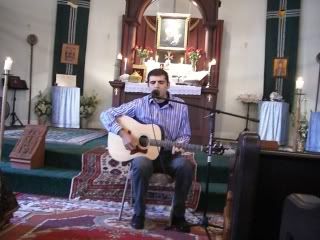 I’ve heard that expression “Not a dry eye in the house” in reference to a performance or speech well delivered. But I thought it was a cliche and an over-
I’ve heard that expression “Not a dry eye in the house” in reference to a performance or speech well delivered. But I thought it was a cliche and an over-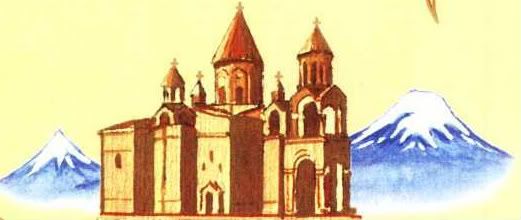
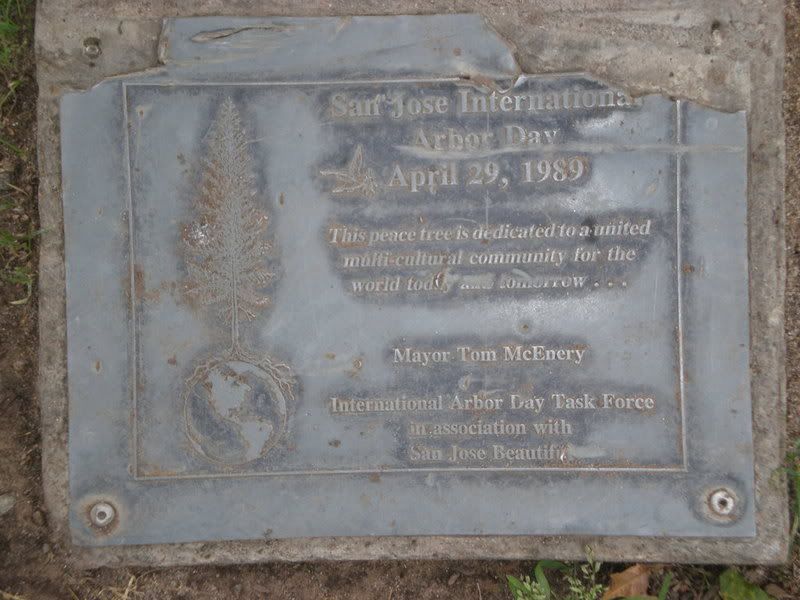 Outside the Armenian Church community, the larger area was transitioning as the leader of technology and innovation for the world. It would be known as Silicon Valley. Gates, Jobs, Wozniak, Allen, all names that sound big today – but just regular boys around town then. There was a granary, a couple of blocks from our home in Cupertino – it became the home of Apple Computer. We watched apricot orchards get cut down to make way for technology and egg-carton housing. Garage start-ups became the HP’s and Sun Microsystems of the Valley. For me, a small Timex computer opened the door to electronics for God’s work. I attended user-group meetings with electronic eggheads who would become the pioneers of technology within their fields. I remember another computer along the way – something called a Coleco system with tape drives. Then in 1985 Susan surprised me with an Apple IIc and I got hooked on programming.
Outside the Armenian Church community, the larger area was transitioning as the leader of technology and innovation for the world. It would be known as Silicon Valley. Gates, Jobs, Wozniak, Allen, all names that sound big today – but just regular boys around town then. There was a granary, a couple of blocks from our home in Cupertino – it became the home of Apple Computer. We watched apricot orchards get cut down to make way for technology and egg-carton housing. Garage start-ups became the HP’s and Sun Microsystems of the Valley. For me, a small Timex computer opened the door to electronics for God’s work. I attended user-group meetings with electronic eggheads who would become the pioneers of technology within their fields. I remember another computer along the way – something called a Coleco system with tape drives. Then in 1985 Susan surprised me with an Apple IIc and I got hooked on programming. 